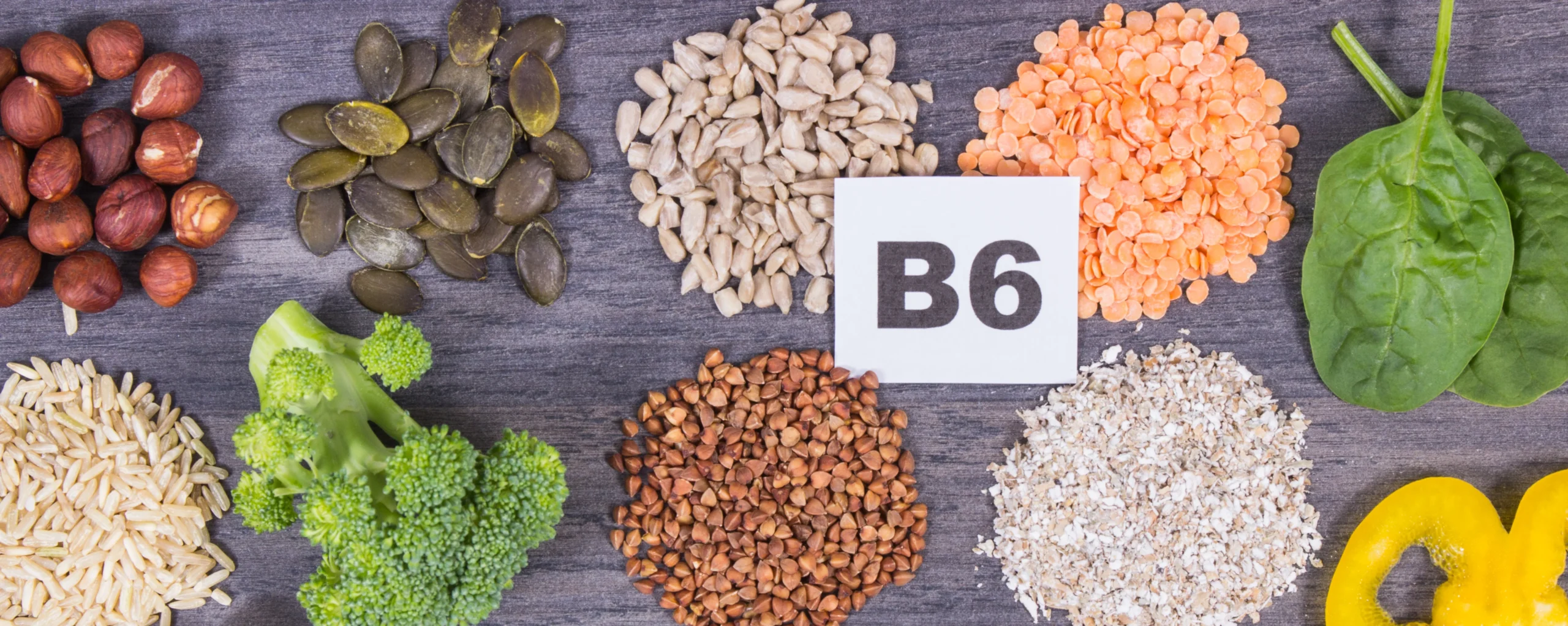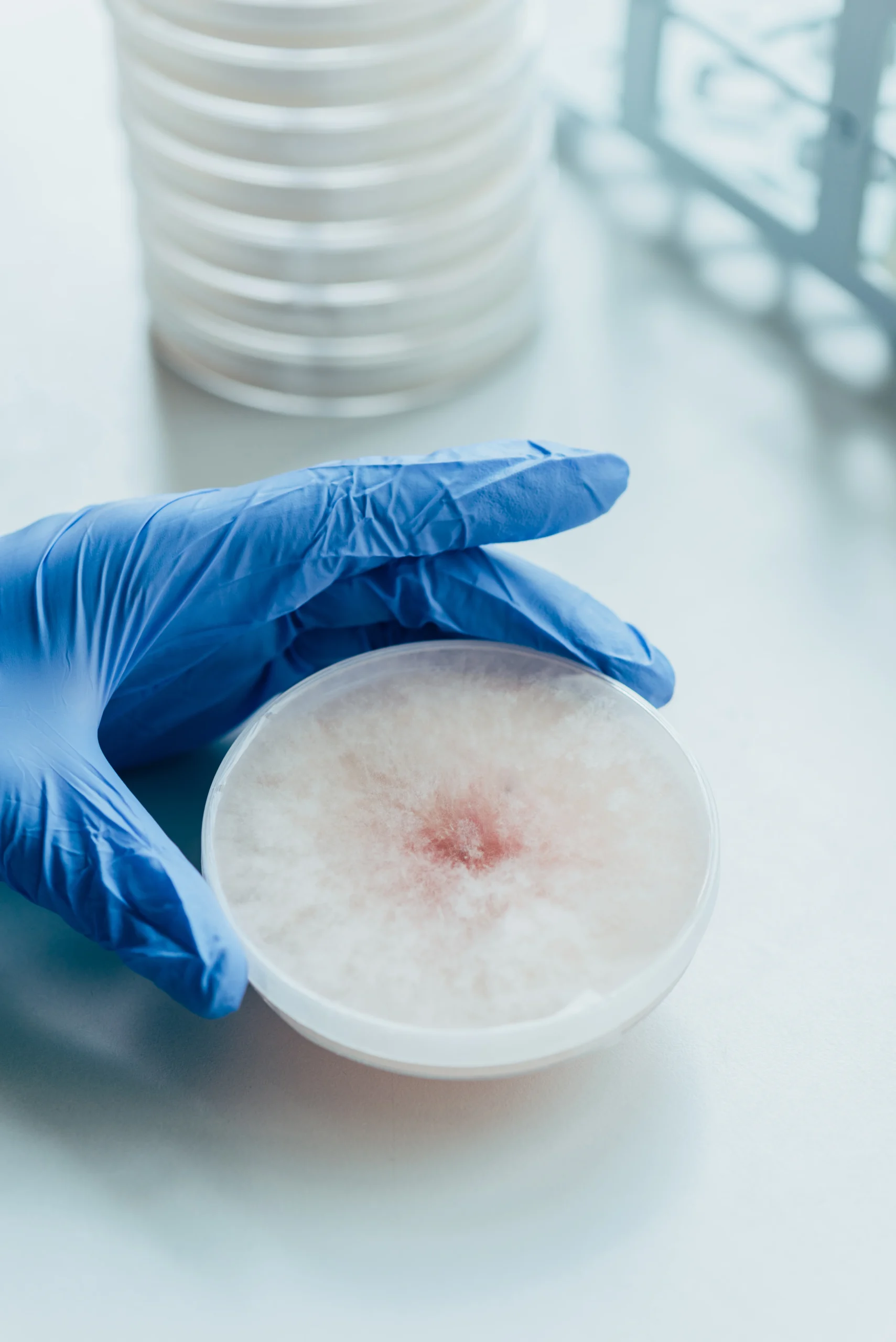Prebiotics are types of dietary fibre that feed the friendly bacteria in your gut, while probiotics are live bacteria that can provide health benefits when consumed. Here’s a list of foods that contain both prebiotics and probiotics, separated into vegetarian and carnivore options:
Vegetarian Options
Foods Rich in Both Prebiotics and Probiotics:
- Sauerkraut – Fermented cabbage that contains both live cultures and the fibre they need to thrive.
- Kimchi – Similar to sauerkraut, this Korean dish made from fermented vegetables is a rich source of both prebiotics and probiotics.
- Kombucha – A fermented tea that contains a variety of gut-friendly bacteria.
- Sourdough Bread – The fermentation process involves natural bacteria that can benefit your gut, and the bread itself provides the fibre.
- Garlic – A prebiotic food that can be paired with fermented foods to add probiotics.
- Onions – Like garlic, onions are prebiotic and can be added to salads that contain probiotic dressings or ingredients.
- Leeks – A good source of prebiotic fibres that can be included in meals with probiotic foods.
- Bananas – Contain prebiotic fibres and can be added to yoghurt, which has probiotics.
- Jerusalem Artichoke – High in inulin, a type of prebiotic fibre.
- Legumes, Beans, and Peas – Though not high in probiotics, these can be prebiotic-rich and served with probiotic-rich foods.
Foods Primarily Probiotic:
- Yogurt – Especially those with live active cultures.
- Kefir – A fermented probiotic milk drink.
- Tempeh – Fermented soybeans that contain probiotics.
Meat, fish, and Dairy Options
While carnivorous diet options don’t typically contain both prebiotics and probiotics in a single food, you can combine foods that are rich in each to achieve a balance:
Foods Rich in Probiotics:
- Aged Cheeses – Such as Gouda, mozzarella, cheddar, and Swiss that contain live cultures.
- Traditional Buttermilk – The liquid leftover from making butter that contains live cultures (not the cultured buttermilk commonly sold in American stores).
Foods To Combine for Prebiotic Benefits:
- Meats – Carnivores can eat meat with a side of prebiotic-rich vegetables like garlic or onions.
- Fish – Prepare fish dishes with a side of asparagus or artichokes for a prebiotic boost.
It’s important to note that while carnivore options for prebiotics are limited as they are primarily found in plant-based foods, a balanced approach with side dishes or combined meals can provide both prebiotics and probiotics for those on a carnivorous diet.







